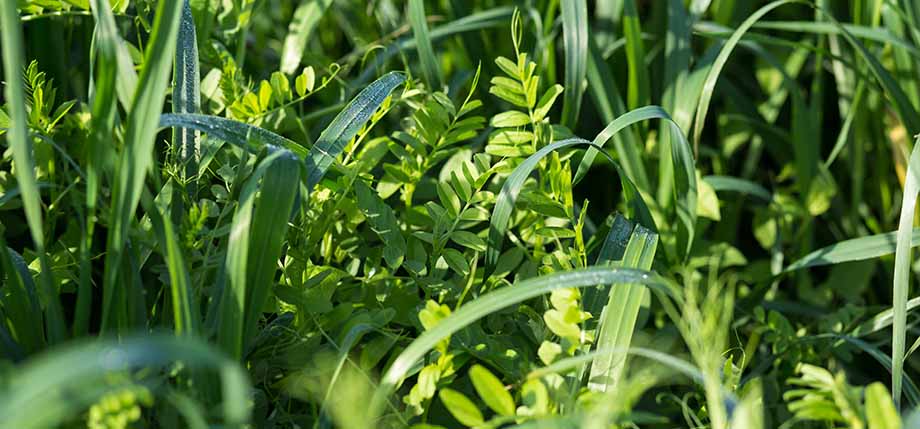
A growing cover crop with a large leaf area can continue to assimilate nutrients after the main crop is harvested, improve water management in the field, protect against erosion, and, ideally, increase carbon sequestration in the soil. The costs associated with using cover crops primarily include seed costs and potential machinery acquisition costs. Cover crops can be sown using various types of machinery, ranging from direct seeders to centrifugal spreaders.
Benefits of cover crops in the long term:
- Increases yield levels
- Improves soil health
- Enhances soil water management
- Reduces nutrient leaching
- Enhances nutrient cycling efficiency
- Lowers fertilizer costs
- Reduces the need for pesticides
- Prevents erosion
- Increases biodiversity
- Enhances carbon sequestration in the soil
Establishment methods:
1. Sowing cover crops during the main crop sowing:
- Sowing with a small-seed box.
- Sowing using drills.
- Broadcasting after sowing the main crop.
2. Sowing cover crops in established stands:
- Broadcasting or using a pneumatic seeder.(Light incorporation of seeds facilitates germination.)
- Sowing during weed harrowing.
- Direct seeding.
3. Sowing cover crops after harvest:
- For example, during stubble cultivation (with mounted seeding equipment).
The effectiveness of cover crops as a preceding crop is commonly assessed based on the nitrogen effect, or in other words, how much nitrogen fertilization can be reduced the year after the cover crop has been grown. Cover crops can be terminated through mechanical means or with chemical control, offering various options. An interesting way to terminate cover crops or annual mixtures that have grown during the summer is to roll down the stand and then directly sow in the same pass.